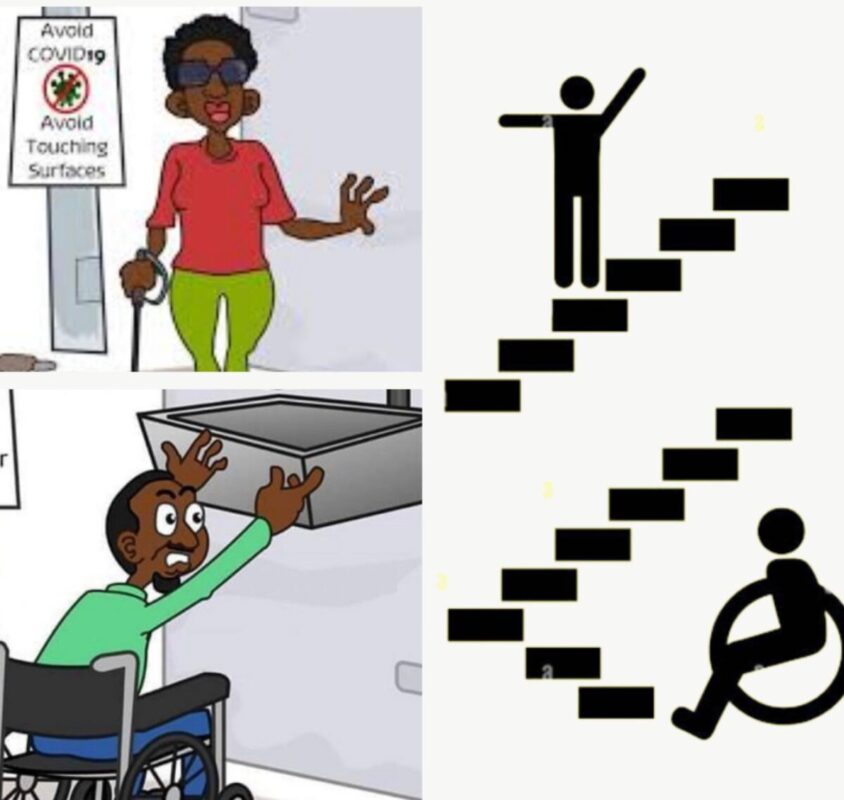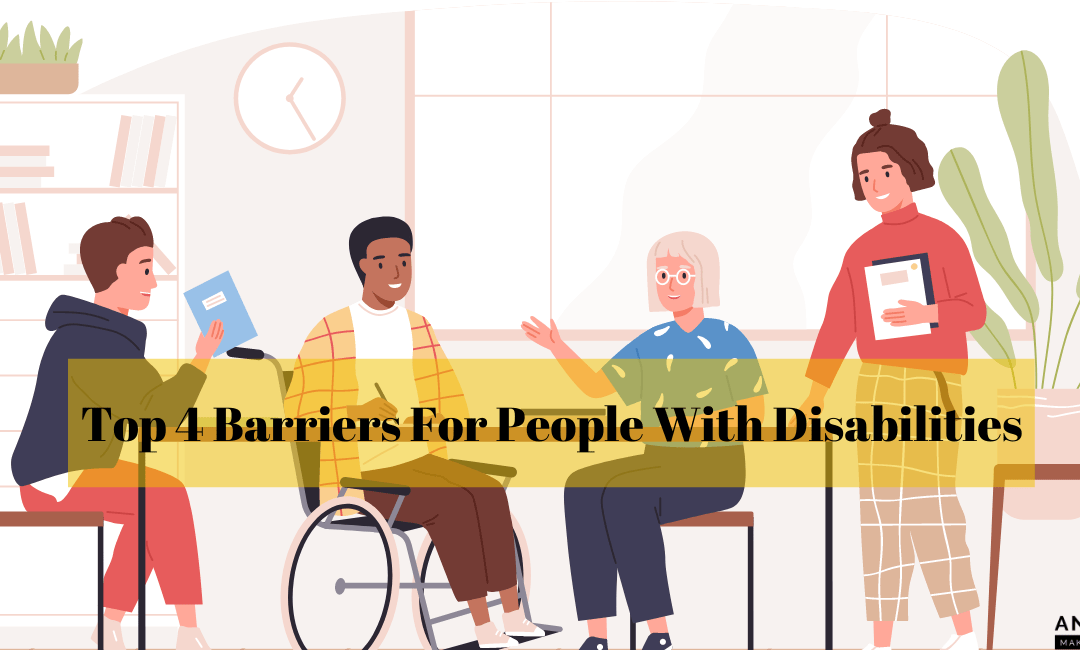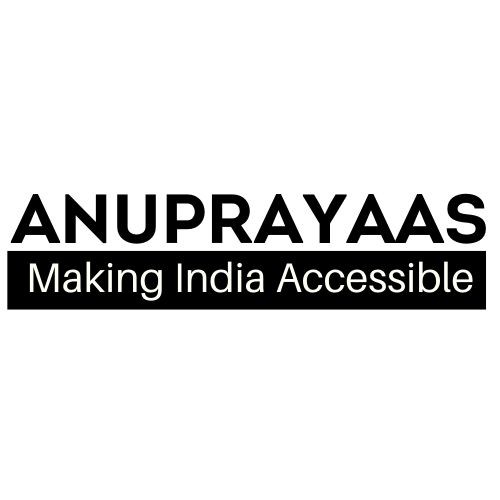Emerging from the history of the untouchability and discriminating culter, this Era is all about social inclusion, embracing the diversity and making this world a better place with equal opportunities for people with disabilities. This Era has made the spread of knowledge and disability awareness essential and so easy, that we are educated and taught about sensitivity. But what are we doing more than just spreading knowledge and awareness?
The institutions where we work or study teaches us “INCLUSIVENESS”, spreads awareness and the sensitivity around disability, but there are still numerous barriers that are a hurdle to inclusion. To create an inclusive environment, we have to move steps forward and break barriers apart from just spreading awareness.

LACK OF RESPONSIBILITY :
Each one of us is responsible for making people with disabilities feel inclusive, throwing back discrimination/ differential treatment or stigmas.
Where each person is busy with their own schedule and work, it is also a collective responsibility to work towards change and take individual initiatives and steps to make each person around you inclusive irrespective of their gender, caste, race, age, income, class, appearance or disability and should believe in the principle of “oneness”.

INFRA- STRUCTURE BARRIERS:
Making the environment around us accessible for People With Disabilities is another essential step towards inclusion.
People with disabilities usually limit themselves from going to certain places as they cannot access it, or they don’t have the facilities to do so. This also comes under architectural limitations. Making common places like malls, theatres, parks, educational institutions, work place, railway stations or any public places accessible for people with disabilities by installing ramps, braille signs etc is a very essential and revolutionary step towards inclusion.

ATTITUDINAL BARRIERS:
A differential outlook or perceiving others different from ourselves and hence treating them differently or having a different attitude/ mindset towards them is another hurdle towards inclusiveness. Having this mindset will only lead to growth of such barriers. This mindset arises from several stigmas, stereotypes that one carries from the past. Making the other person feel inclusive is a collective responsibility and each person should be an equal participant. Every person deserves the right to be treated equally, and breaking this differential attitude is another step towards inclusiveness. People with disabilities deserve to be treated equally and one among others.

INSTITUTIONAL BARRIERS:
This barrier refers to policies, or any rule / law, that treats people differently. Inclusiveness is not constructing a different school for children with disabilities, but rather making the campus of schools friendly for people with disabilities. Though reservations are a form of positive discrimination, making a separate entity for a group of people builds the barriers against inclusion.

In an Era where inclusiveness and breaking the stereotypes is in the centre, this should not limit just to spreading awareness and sensitivity. Collectively, each person, and every social institution should come together, take up responsibilities and break the barriers that lead to the growth of hurdles for inclusiveness of the people with disabilities. This can start with realisation followed by gaining of knowledge, then implementation.
You can go through all our works and to reach us for conducting a Disability Awareness Program for your School, Office or employees by clicking on the below link
Anuprayaas conducts Disability Awareness Programs for Employees and have sensitised more than 8500 people through our programs.

